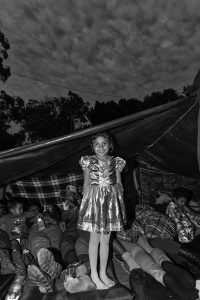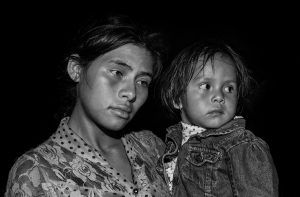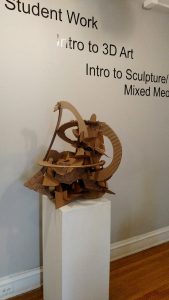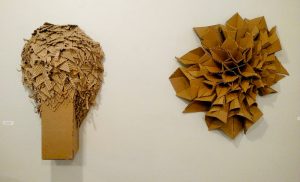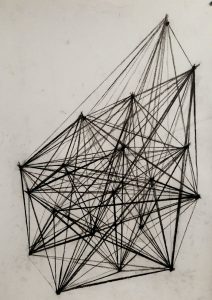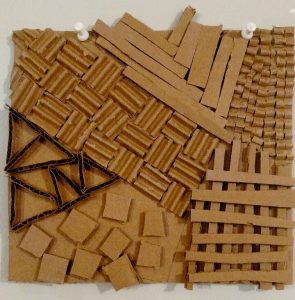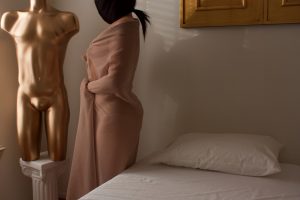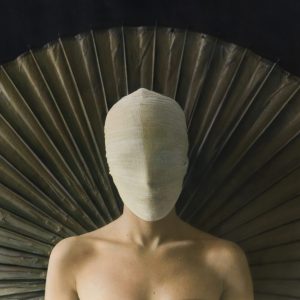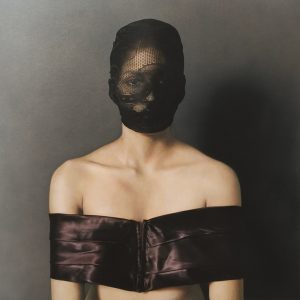2020: Focus on Women Series
March 3, 2020
5-6pm: 100th Anniversary of Women’s Suffrage A lecture in the Cardinal Foley Campus Center with Mana Hewitt, Arist & Senior Instructor at the University of South Carolina& Katherine Sibley, Ph.D., Professor & American Studies Director at Saint Joseph’s University
6-7pm: Reception in Merion Hall Gallery
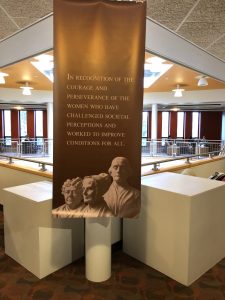
Persistence
by Mana Hewitt
February 10 – March 20, 2020
PERSISTENCE presents a series of commemorative medals in recognition of the courage and perseverance of women who have challenged societal perceptions and worked to improve conditions for all. They are intended to familiarize and instruct, lest we forget the women that have forged a path to give us voice today.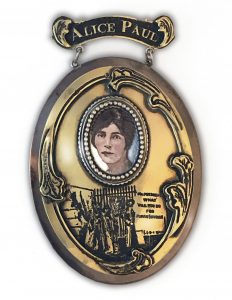
Alice Paul 1885-1977 American Suffragist, Feminist and Women’s Rights Activist, one of the main leaders of the campaign for the 19th Amendment to the US Constitution and author of the Equal Rights Amendment.
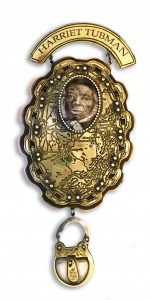
HARRIET TUBMAN Perhaps the best known conduct of the Underground Railroad, Harriet Tubman made 19 trips into the south over a 10 year period and escorted over 300 slaves to freedom.
Persistence
by Gabriella Youshock ‘20
Gallery Exhibition Research Assistant
Mana Hewitt is an artist living and working in South Carolina. Having a father that was in the military and a diplomat, throughout her life she has lived in various places throughout the U.S. and England. Inspired by her mother, Hewitt always knew that she wanted to study art or music. Hewitt originally wanted to study costume design, but when it wasn’t offered at the University of South Carolina, she had to change paths. She finished with a MFA in ceramics. For Hewitt, her love of ceramics was as much about painting the clay as it was forming the clay. Hewitt has been teaching for 41 years, first at Columbia College in Chicago and for the past 28 years at her alma mater, the University of South Carolina.
Hewitt was inspired to create “Persistence” after the election of President Trump. Within her collection of medals, Hewitt currently features 65 different women, with an end goal of 100. The women she chose were very influential during their time, and have forged the path for women today. She starts each piece on Adobe Illustrator, designing them in black and white and then using copper nitrate and electricity she transfers the image and text etching it into the metal. Once the metal portion is complete, she creates portrait out of porcelain enamel. The powered glass is carefully placed and then fired to fuse the material together.
Virginia Woodhull is Hewitt’s favorite piece. Woodhull was the first woman to run for president in the 19th century. She ran before women even had the ability to vote! This piece is different from the others because it contains a lock of hair. A popular trend during the 19th century, when loved ones went away to war, was to take a piece of their hair, braid it, and wear it as a piece of jewelry.
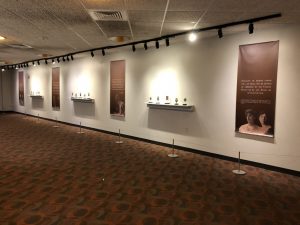
List of medals included in this exhibit:
19th Amendment
Madeleine Albright
Elizabeth Anderson
Maya Angelou
Susan B. Anthony
Diane Arbus
Ella Baker
Gwendolyn Brooks
Coco Chanel
Shirley Chisholm
Hillary Rodham Clinton
Bessie Coleman
Babe Didrikson
Abigail Scott Duniway
George Elliot
Aretha Franklin
Indira Gandhi
Artemisia Gentileschi
Althea Gibson
Mata Hari
Billie Holiday
Zora Hurston
Barbara Jordan
Frida Kahlo
Kathe Kollwitz
Hedy Lamar
Elisabeth Vigee Lebrun
Harper Lee
Edmonia Lewis
Margaret Mead
Angela Merkel
Sandra Day O’Connor
Georgia O’Keeffe
Rosa Parks
Alice Paul
Edith Piaf
Beatrix Potter
J.K. Rowling
Nina Simone
Elizabeth Cady Stanton
Harriet Beecher Stowe
Margaret Thatcher
Mother Theresa
Sojourner Truth
Harriet Tubman
Kara Walker
Frances Willard
Victoria Claflin Woodhull



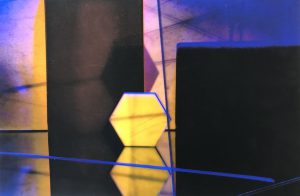
 William Alves
William Alves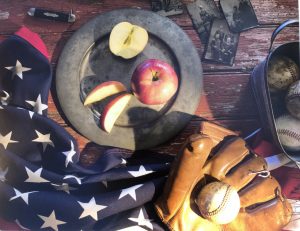 Alexander Gonzales
Alexander Gonzales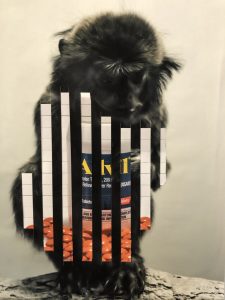 Marina Wilson
Marina Wilson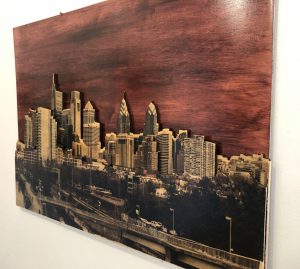 Evan Buchanan
Evan Buchanan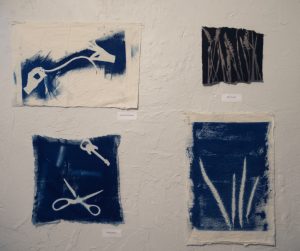 Students, Mara Trapani, Sophia Dell’Arciprete and Harrison Morris created a sampling of cyanotypes and vandyke brown on fabric.
Students, Mara Trapani, Sophia Dell’Arciprete and Harrison Morris created a sampling of cyanotypes and vandyke brown on fabric.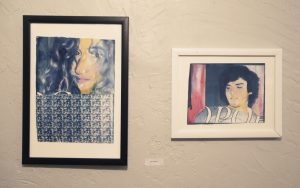
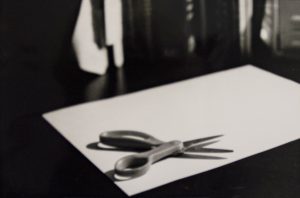 Nico Dennis uses light and shadows to create dramatic effects on everyday objects.
Nico Dennis uses light and shadows to create dramatic effects on everyday objects.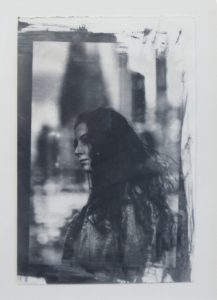 Sarah Gray paints liquid light emulsion onto paper before exposing her image.
Sarah Gray paints liquid light emulsion onto paper before exposing her image.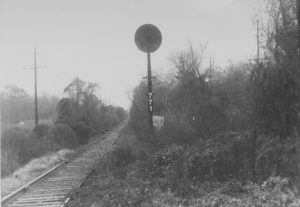 Aiden Saul takes his 35mm Pentax out into nature on an overcast day for this dreamy shot.
Aiden Saul takes his 35mm Pentax out into nature on an overcast day for this dreamy shot.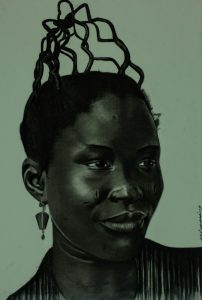
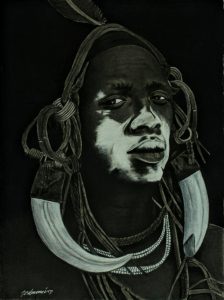
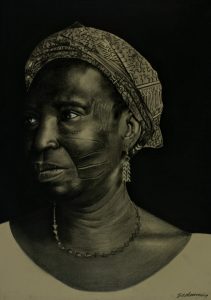
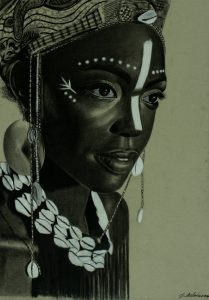

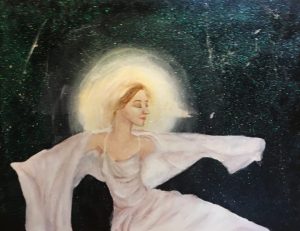
 Quiongdan Hu ’20
Quiongdan Hu ’20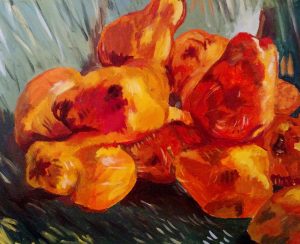 Carley Rose ’22
Carley Rose ’22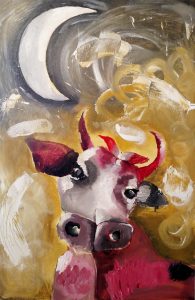 Caroline Stefan ’22
Caroline Stefan ’22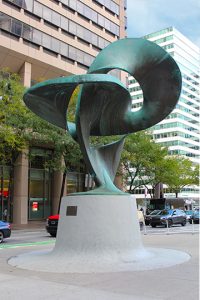
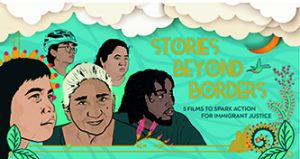 October 17, 5-7pm
October 17, 5-7pm